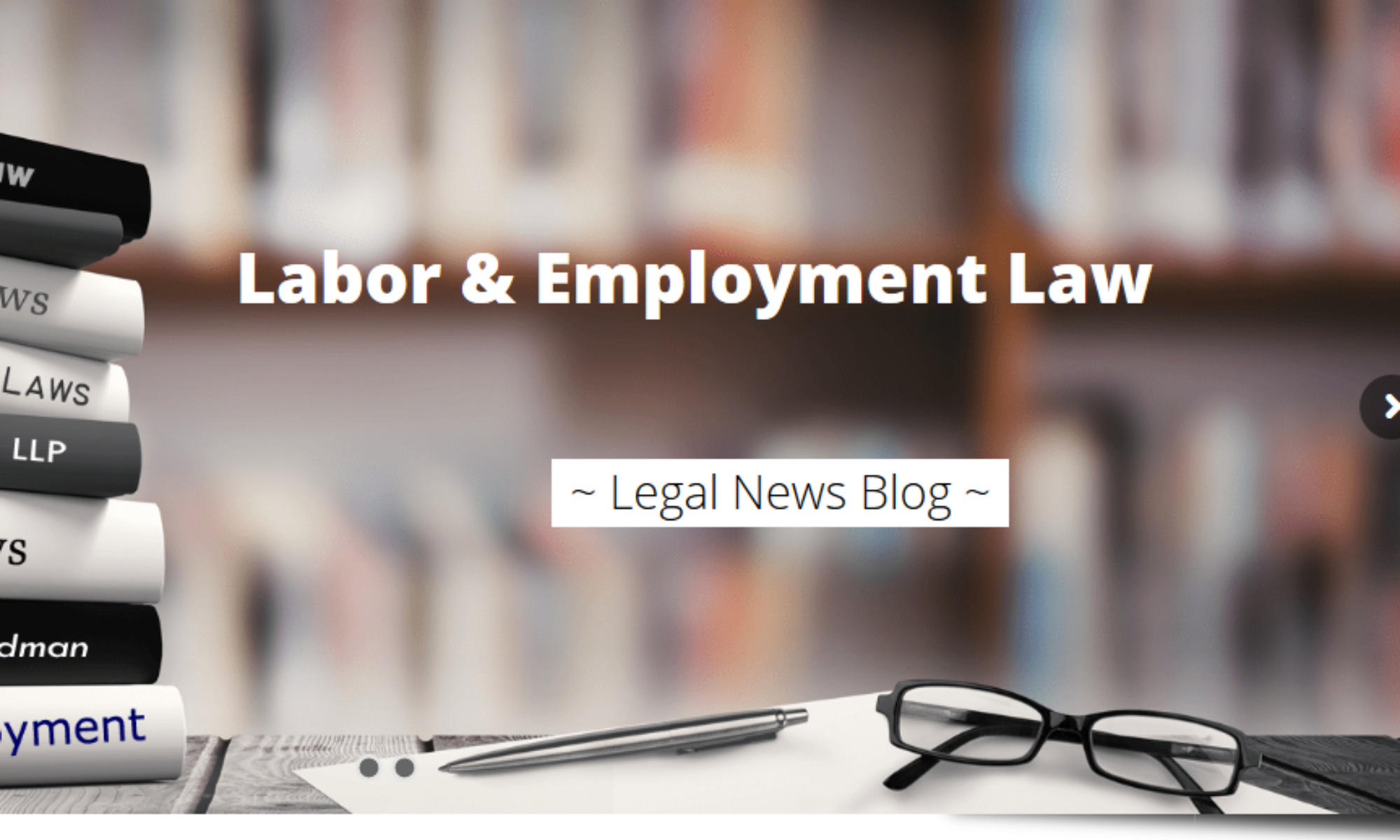Recent studies and investigations suggest that the construction industry stands out from its peers due to a significant prevalence of hate, bias, and discrimination. More so, the industry is marked by egregious instances of harassment. This has made the sector a focal point for the Equal Employment Opportunity Commission (EEOC) under the current Biden administration, which has singled out industries where women and workers of color are underrepresented.
In the post-Infrastructure Investment and Jobs Act era, this focus on hostile work environments in construction has intensified. A noteworthy step was an EEOC hearing dedicated to investigating the culture of racism and sexual harassment within construction. The agency’s yearlong study culminated in a June 2023 report highlighting hostility and discrimination on construction sites.
The construction industry’s unique characteristics make it a hotbed for such adverse behaviors. A homogenous workforce and cyclical and project-based work leave workers exposed to discrimination. These acts of hostility range from taunting tradeswomen and vandalizing black workers’ toolboxes to retaliatory transfers or unfair reduction of hours.
With an urgent need to root out bias, six major general contractors inaugurated Construction Inclusion Week. This initiative mirrored the sector’s successful ‘Safety Week,’ aimed at eliminating bias at building sites.
The EEOC guide proposes five key strategies to combat discrimination and promote a healthier working environment. These include committed and engaged leadership, consistent accountability, comprehensive harassment policies, trusted complaint procedures, and regular interactive training. These are not legal mandates, but adopting these practices will significantly safeguard employers against liability in the event of grievances.
Addressing bias and harassment is not only about creating a conducive work environment; it’s also a strategic move to combat the industry’s labor shortage. Creating an attractive working environment efficiently recruits and retains a diverse workforce, from women to people of color.
Tackling discrimination and harassment has dual advantages. It improves workplace safety and ensures continuous workforce supply aligned with the industry’s growth and needs. Adopting practices that foster a harassment-free workplace is a step in the right direction, not just a compliance checklist.


